PDF chapter test TRY NOW
In the purification of chemical compounds and seawater etc. crystallisation process is used. The common examples of the crystallisation process are snowflakes.
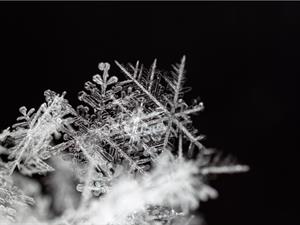
Snow flakes
Crystallisation:
When the hot concentrated liquid is cooled, it forms its crystal, and this process is known as crystallisation. In this process, all the soluble impurities are removed.
First, the solute (solid) is dissolved in a solvent and heated continuously, where the excess solvent evaporates. Then it is allowed to cool down, which forms the crystals.
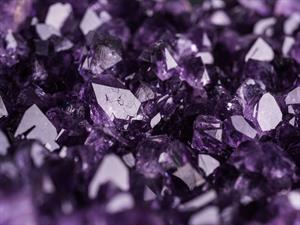
Amethyst Crystals
This is a better technique than evaporation to remove impurities from solids; as in evaporation the impurities are not removed and the crystals formed is smaller in shape and size.
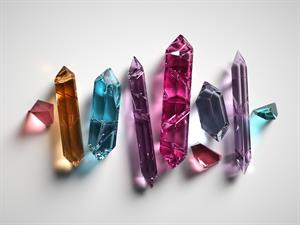
Crystals
Crystallisation is used for the separation and purification of substances, and in this process, large crystals are formed. The arrangement of particles in the crystals formed is well defined, as in the case of solids. This is a physical process.
Example:
Let us now see how to separate pure copper sulphate from an impure sample.
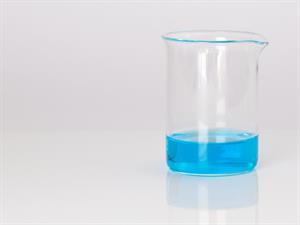
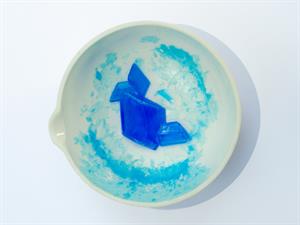
Copper sulphate solution Crystals of copper sulphate after crystallisation
Step 1: In a china dish, place a small amount of impure copper sulphate and dissolve it in the minimal amount of water possible.
Step 2: Filter the impurities out.
Step 3: To get a saturated solution, evaporate the water from the copper sulphate solution.
Step 4: Cover the solution with filter paper and set it aside to cool slowly at room temperature for a day.
Step 5: Copper sulphate crystals will be obtained in the China dish.
Results: Pure crystals of copper sulphate is obtained in the China dish.
This process is called crystallisation. Similarly, we can experiment this process with the common salt we use in our house.
Crystallisation is the separation of a pure solid from a solution in the form of crystals. Solids are purified using the crystallisation process. The salt we get from seawater, for example, can contain a lot of impurities. The method of crystallisation is used to extract these impurities.
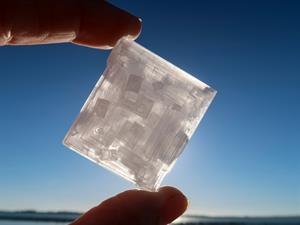
Sodium chloride crystal
Crystallisation technique is superior to simple evaporation due to
- Even after filtration, some impurities can remain dissolved in the solution. These contaminate the solid as they evaporate.
- Some solids decompose or become charred when heated to dryness, such as sugar.
Many more separation techniques have been devised as a result of technological advances.
Crystallisation
